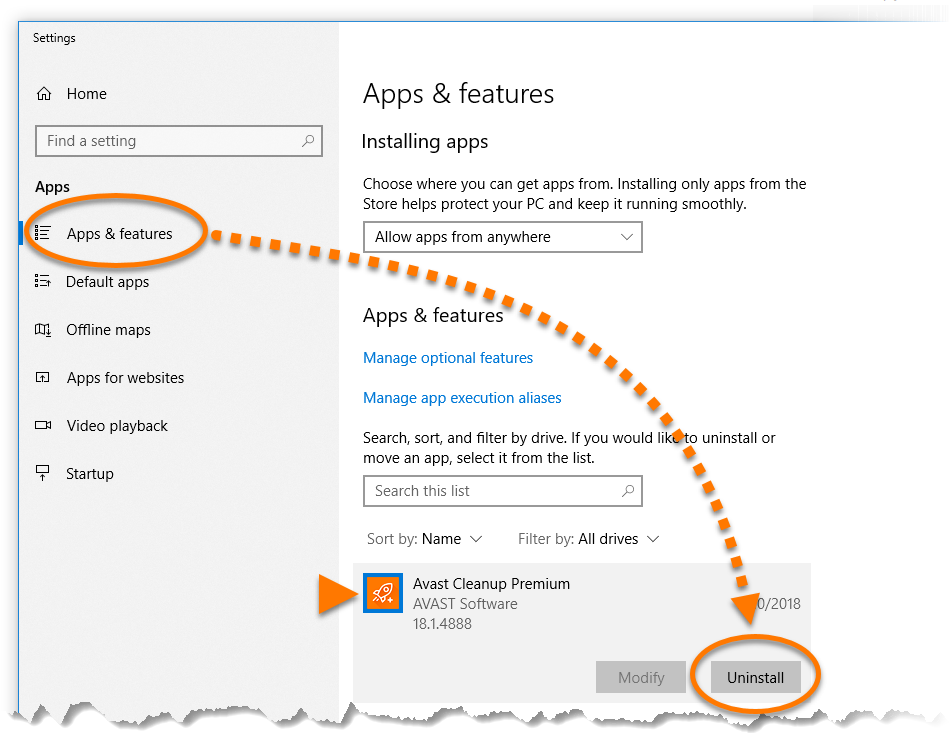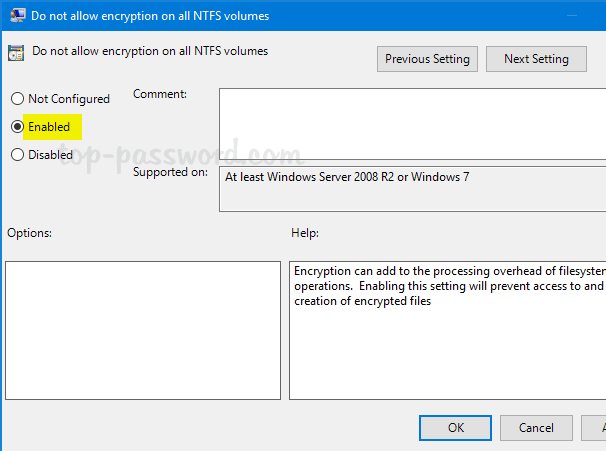

- REMOVE MAC ENCRYPTION FOR WINDOWS HOW TO
- REMOVE MAC ENCRYPTION FOR WINDOWS UPDATE
- REMOVE MAC ENCRYPTION FOR WINDOWS FULL
You can choose just the used space if you’re starting with a new drive or to encrypt the entire drive if it already contains data. Select the best option to proceed.īitLocker will then ask how much of your drive to encrypt. Next, you’ll be asked how you want to save your recovery key, which is what you can use to access the drive if you forget your password. Note that you ned to use a password that’s at least eight characters and that has some mix of upper and lowercase letters, numbers, and special characters – you’ll get an error if you don’t create a strong enough password. Choose to enter a password to unlock the drive to allow you to use it on other PCs.
REMOVE MAC ENCRYPTION FOR WINDOWS HOW TO
BitLocker will initiate the drive.Ī dialog will open asking you to decide how to unlock the drive once it’s been encrypted.

REMOVE MAC ENCRYPTION FOR WINDOWS UPDATE
To encrypt an external drive using BitLocker using Windows 10 Fall Creators Update edition, right-click on the drive letter and select “Turn on BitLocker” from the menu. You can use NTFS drives with Windows 7 systems and later. Note that if you want to use BitLocker with older Windows XP or Vista systems (both of which require the BitLocker To Go Reader app), then the drive must be formatted as FAT16, FAT32, or exFAT. You can use BitLocker to encrypt external drives just as easily as internal drives, and then securely access them on any machine running Windows Vista or later.
REMOVE MAC ENCRYPTION FOR WINDOWS FULL
Windows includes support for encrypting drives via the BitLocker full disk encryption system that first made its debut in Windows Vista. For a look at hardware solutions, read our in-depth look at iStorage security drives. This article will provide an introduction to two of the most popular software solutions for securing your portable storage devices. The other is hardware, where an external storage device incorporates its own encryption chip and some method for entering the encryption key to unlock the data. First is software, where either an application or an operating system feature is used to encrypt the data on a device.

There are two main methods used to secure storage devices. That’s where secure storage comes in, which uses several different methods to encrypt the contents of our external storage devices to make it harder to access. The more information we can save in standalone devices that are easier to misplace and leave behind, the more we need to worry about nefarious parties gaining access to our personal data. That’s a great benefit for anyone with a portable machine that’s low on space, for photographers and videographers who need a place to store their work, or really just about anyone else who needs to transfer work from one machine or user to another.īut having access to so much portable storage has a dark side. Today, it’s easy to carry around 64GB of storage and more in a tiny USB drive and 4TB and more in a larger - but still reasonably sized - portable hard disk drive (HDD) or solid-state drive (SSD). Portable storage has come a long way in the last several years.


 0 kommentar(er)
0 kommentar(er)
